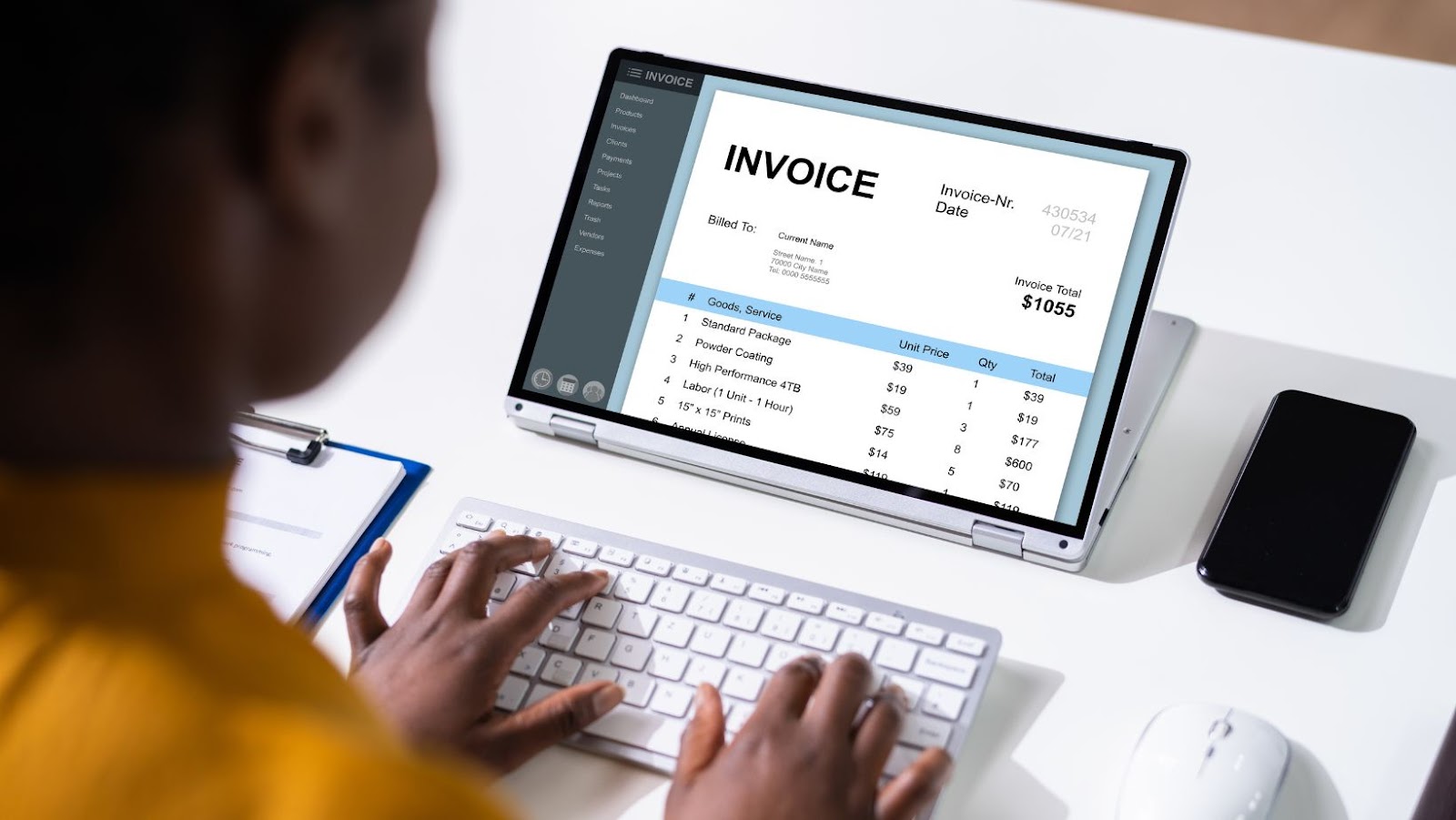Navigating the world of payments can be a daunting task for businesses and individuals alike. Clear and concise payment instructions are essential for ensuring smooth transactions and avoiding costly mistakes. Whether it’s for a simple online purchase or a complex business deal, understanding how to provide and follow payment instructions can save time and prevent frustration.
This article will delve into the importance of well-crafted payment instructions and offer practical examples to guide you. By mastering this often-overlooked aspect of transactions, you’ll enhance your financial dealings’ efficiency and reliability.
Importance Of Clear Payment Instructions
Clear payment instructions boost transaction efficiency. They prevent mistakes like sending funds to wrong accounts or misinterpreting payment terms. By offering unambiguous steps, businesses and individuals avoid disputes and delays, enhancing trust between parties.
Errors due to unclear instructions lead to financial losses. Mistakes disrupt cash flow and incur extra costs for corrections. For instance, unclear bank details could result in returned payments, causing delays and fees.
Payment instructions improve customer experience. When clients understand payment processes, they complete transactions smoothly and quickly. For example, online shoppers benefit from easy-to-follow steps, reducing cart abandonment rates.
Common Methods For Issuing Payment Instructions
Businesses and individuals use various methods to issue payment instructions, each with its distinct advantages. Concentrating on common methods ensures accuracy and efficiency in financial transactions.
Email is a widely used method for issuing payment instructions. It provides a written record, ensuring both parties have a clear reference. Users should include essential details such as the amount, due date, and payment method. Attach accurate documents (e.g., invoices or statements) to support the transaction. Confirm receipt of the email to ensure the recipient has received and understands the instructions.
 Invoice
Invoice
Invoices provide a structured way to issue payment instructions. They include itemized lists of products or services, amounts, payment terms, and due dates. Ensure the inclusion of bank details or other payment methods. Well-designed invoices clarify all necessary details, reducing the risk of errors. Digital invoices can integrate with accounting software, streamlining the payment process.
Online Payment Portal
Online payment portals offer a secure platform for issuing and receiving payment instructions. They allow real-time tracking and instant confirmations, enhancing transaction transparency. Users should include links to the payment portal in emails or invoices. Ensure the portal supports multiple payment methods to accommodate various preferences. Use encryption to protect sensitive information and foster trust.
Key Components Of Effective Payment Instructions
Effective payment instructions include crucial elements that ensure clarity and accuracy in financial transactions.
Payment Due Date
The payment due date specifies when the payment must be completed. Include the exact date (e.g., December 1, 2023) to eliminate ambiguity. Clearly mentioning the due date helps avoid late fees and maintains good financial relationships.
Payment Amount
The payment amount details the exact sum to be paid. Always use precise figures (e.g., $150.75) to prevent underpayment or overpayment. Including the currency type (USD, EUR) and any applicable taxes ensures the recipient understands the total amount due.
Accepted Payment Methods
Accepted payment methods describe the ways payments can be made. List specific methods (e.g., credit card, bank transfer, PayPal) to provide options and accommodate payer preferences. Clear information about accepted methods reduces payment friction.
Detailed Payment Steps
Detailed payment steps outline the process for making the payment. Break down the steps (e.g., log in to the portal, select the invoice, choose a payment method, confirm the payment) to provide a clear roadmap. Using numbered lists ensures the instructions are easy to follow.
Payment Instructions Example
Clear payment instructions are crucial for ensuring smooth and error-free transactions. By specifying due dates, exact amounts, accepted payment methods, and detailed steps, businesses can minimize mistakes and enhance customer satisfaction. Utilizing methods like email, invoices, and online portals can further streamline the process, providing clarity and security. Effective payment instructions not only prevent financial losses and compliance issues but also reinforce branding and build credibility. With these strategies, businesses can foster trust and efficiency in their financial dealings.